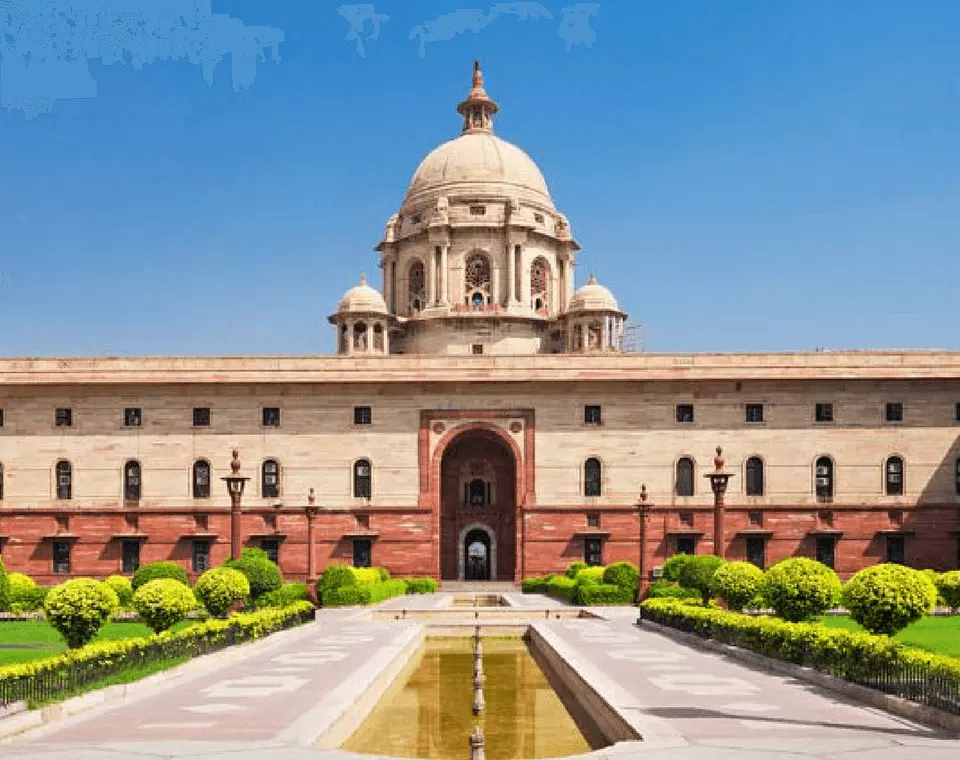A wrong remedy?
Instead of transitioning towards a presidential system of governance, India should refine the operational aspects of the existing parliamentary system to maintain the health of democracy

The debate surrounding the potential transition towards a Presidential form of Government in India has gained momentum with the formation of a committee headed by a former President to investigate the feasibility of the one nation, one election proposal. This development has led some political thinkers to speculate that the nation is on the verge of embracing a unitary system akin to the Presidential form of government. They suggest that the MODI-3 government in 2024, which seems almost sure, might take significant strides in this direction.
The contemporary concept of one nation differs markedly from its pre-independence iteration, primarily aimed at countering British attempts to divide the nation. The current proposition for one nation appears more geared towards fostering internal unity, aiming to achieve socio-political cohesion more rapidly than the pace witnessed since independence. Critics also perceive it as an endeavour to consolidate majoritarian rule within the country.
Before the proposal for one nation, one election, the idea of oneness manifested in various forms, such as one nation, one tax; one nation, one ration card; and one nation, one market. It is now being stretched and referred to by some political thinkers as one nation, one leader. These concepts bear a semblance to the American system, deviating from the Parliamentary system based on the Westminster model, believed to be a legacy of colonial assertion.
The fundamental question is whether it is appropriate and feasible to implement one nation, one election, or even transition to a unitary form of government in a country as diverse and pluralistic as India. The nation's diversity, encompassing linguistic, regional, caste, communal, religious, economic, and political factors, poses a formidable challenge to the notion of a unitary form of governance. The query persists – do we truly need such consolidation or centralisation?
Addressing these questions requires a nuanced examination. Realising the imperatives of the country's diversity, the framers of the Indian Constitution opted for a multi-tier democratic governance structure with a clear separation of executive, legislative, and judicial functions. The judiciary has upheld this system as the foundational framework of the Constitution, deemed immutable.
The multi-tiered parliamentary democracy is deeply rooted in Indian culture and characterised by values such as discussion, participation, consultation, consensus, respect for one another, non-discrimination, and non-violence. These societal tenets align with the foundational principles of successful democracies and federal polities.
This tier-based parliamentary democracy was judged better for amplifying the voices against socio-economic injustices, aiding the impoverished, fostering grassroots democracy, establishing transparent hierarchical social and governance structures, and accommodating diversities based on caste, class, gender, and regional disparities. Despite some persistent tensions among diverse groups, minorities, Scheduled Castes (SCs), and Scheduled Tribes (STs), the system has undergone qualitative changes, with reduced intra- and inter-group stresses. More efforts are, of course, required to reach out to subalterns in these groups, often exploited by their peers who have seemingly usurped most benefits of the government social welfare and economic programmes specially devised for these groups.
The persistent socio-economic challenges are unlikely to be overcome by shifting to a Presidential form of government. Instead, the potential benefits lie in more unified, consistent, and emphatic governmental responses with broader and more profound impacts. The proposed unitary system may help mitigate politico-bureaucratic recklessness observed mainly during coalition governments, fostering a quest for expertise, professionalism, and transparency.
However, the critical question lingers – does the present parliamentary system inherently hinder the achievement of these objectives, or is it more a matter of operational governance? Many contend that with enhanced transparency, professionalism, commitment to public causes, and prudent public policy and practices, the present system could be better managed and synergised for quality governance. While acknowledging the persisting issues, it is crucial to recognise that the roots of democracy have grown deeper. A shift to a unitary system, it is apprehended, may widen the gap between the people and the government, potentially deepening aspirational unrest across diverse population groups.
There appears to be a growing consensus that rather than a change in the government model, a more fruitful approach would involve synthesising governance for improved transparency, accelerated economic growth, enhanced socio-cultural harmony, and an ecosystem that promotes holistic health and comprehensive education. The focus should be on generating employment opportunities and creating a society that ensures equal opportunities and allows for free-willed actions, leaving no room for tolerance or appeasement in matters of equity and equality.
We should allow hundreds of flowers to blossom, creating a vibrant and untainted garden for India. It will foster an environment where diverse perspectives thrive, ensuring that the governance structure accommodates the complexities and intricacies of the Indian socio-political landscape. The current system embedded in the nation's cultural fabric provides a foundation that, with refinements and improvements, can continue to serve as a resilient framework for a thriving and inclusive democracy.
Yet, the intricacies of governance demand a constant revaluation and adaptation to the evolving needs of society. It is imperative to recognise that the present system, while not without its flaws, embodies the democratic ethos of India. Enhancing its efficacy requires concerted efforts toward transparency, accountability, and the evolution of a culture that places the public good at its core.
In navigating the complex governance in the country, a holistic approach considering the diverse and dynamic nature of India's populace is indispensable. Rather than a drastic overhaul of the existing system, an emphasis on refining the operational aspects, nurturing transparency, and fostering inclusivity can pave the way for a more responsive and resilient governance structure. The goal, therefore, should be to create an ecosystem where the multitude of voices in India actively contributes to the flourishing of a democratic and pluralistic society.
The writer is a retired IAS officer. Views expressed are personal



